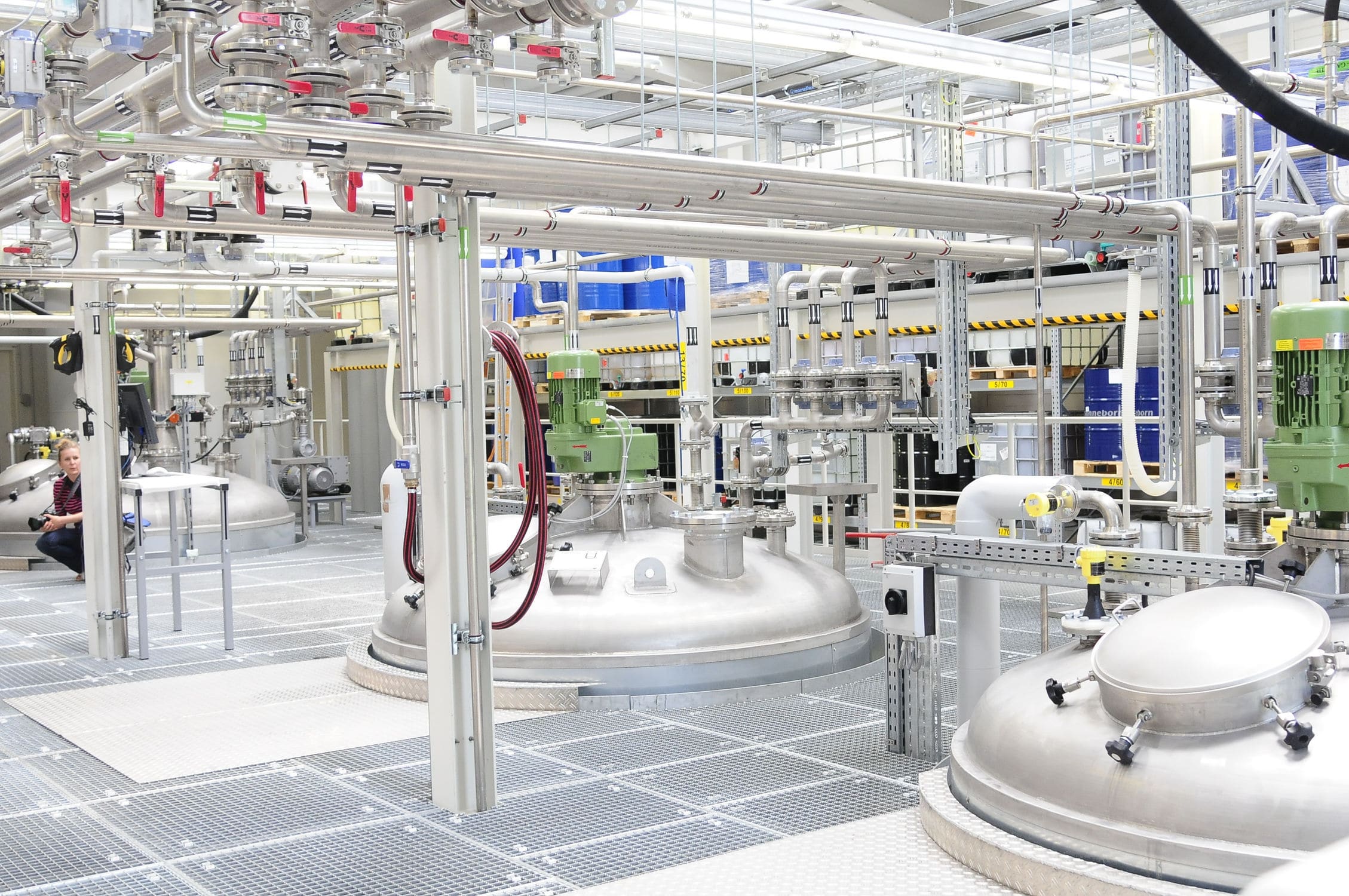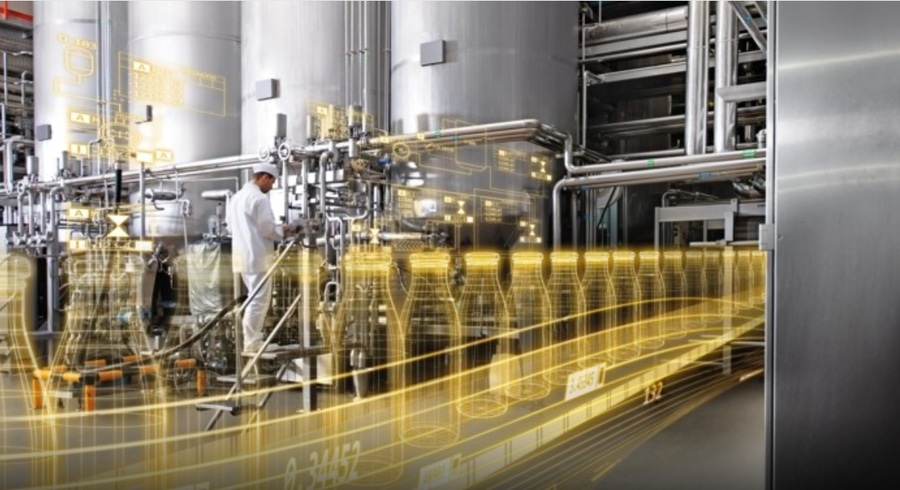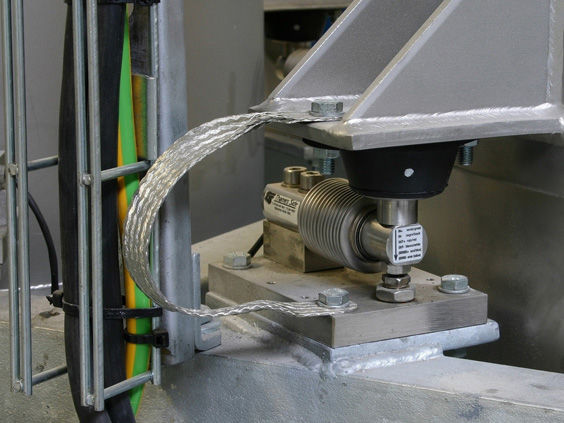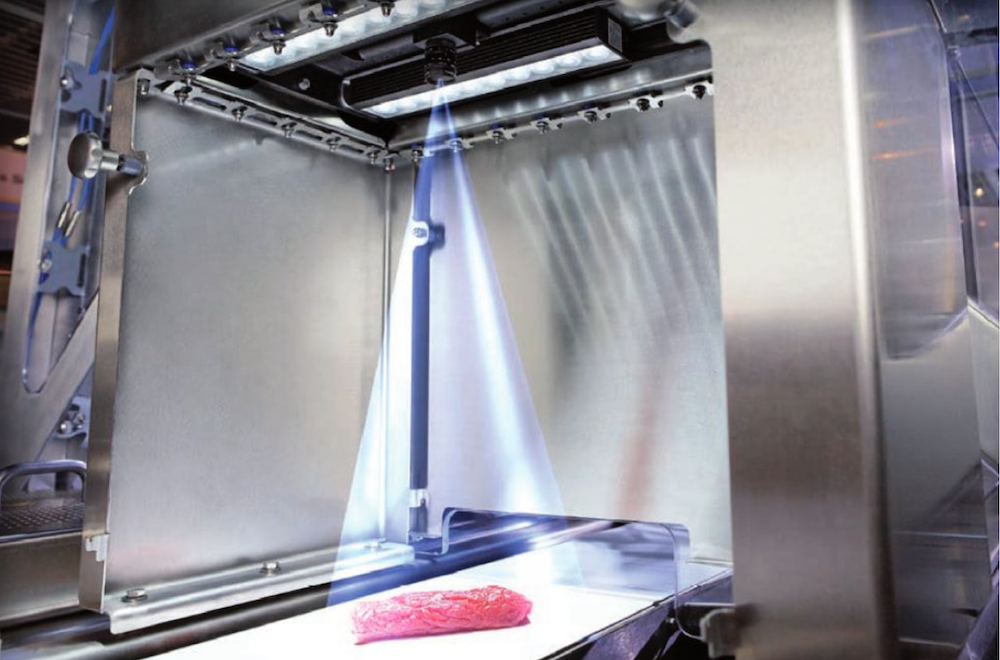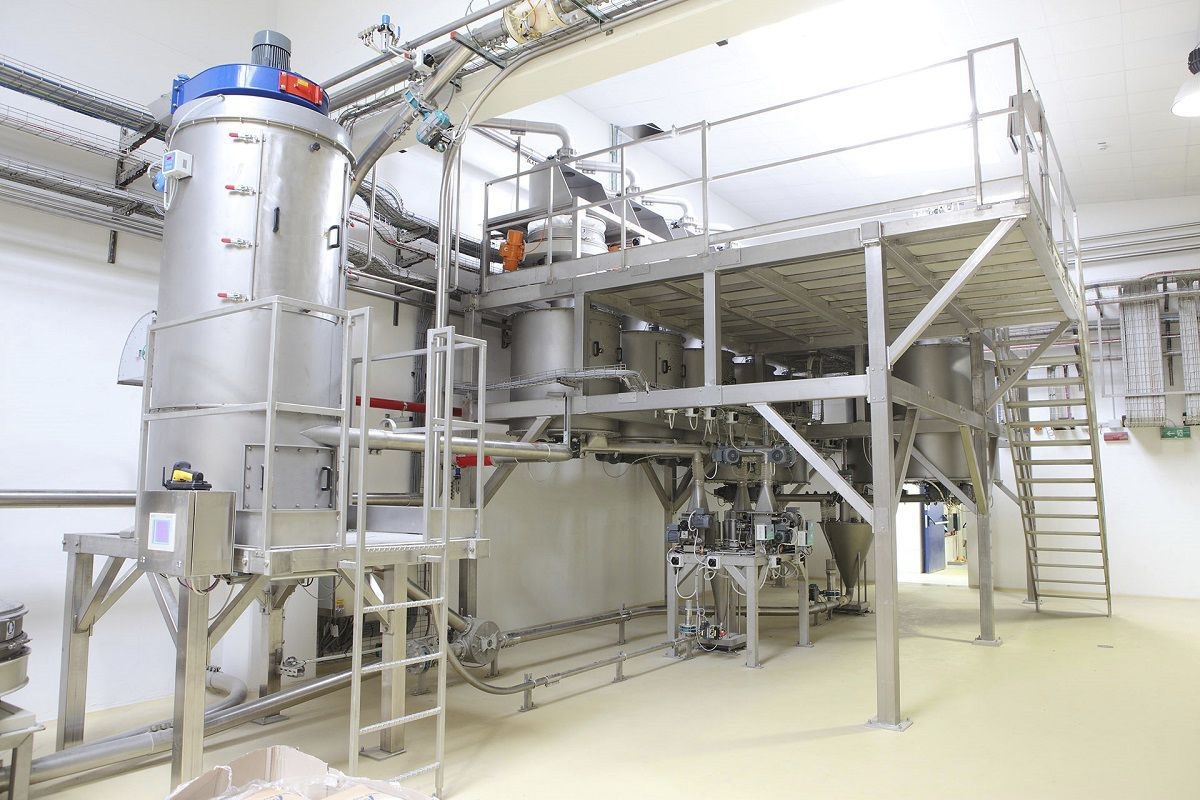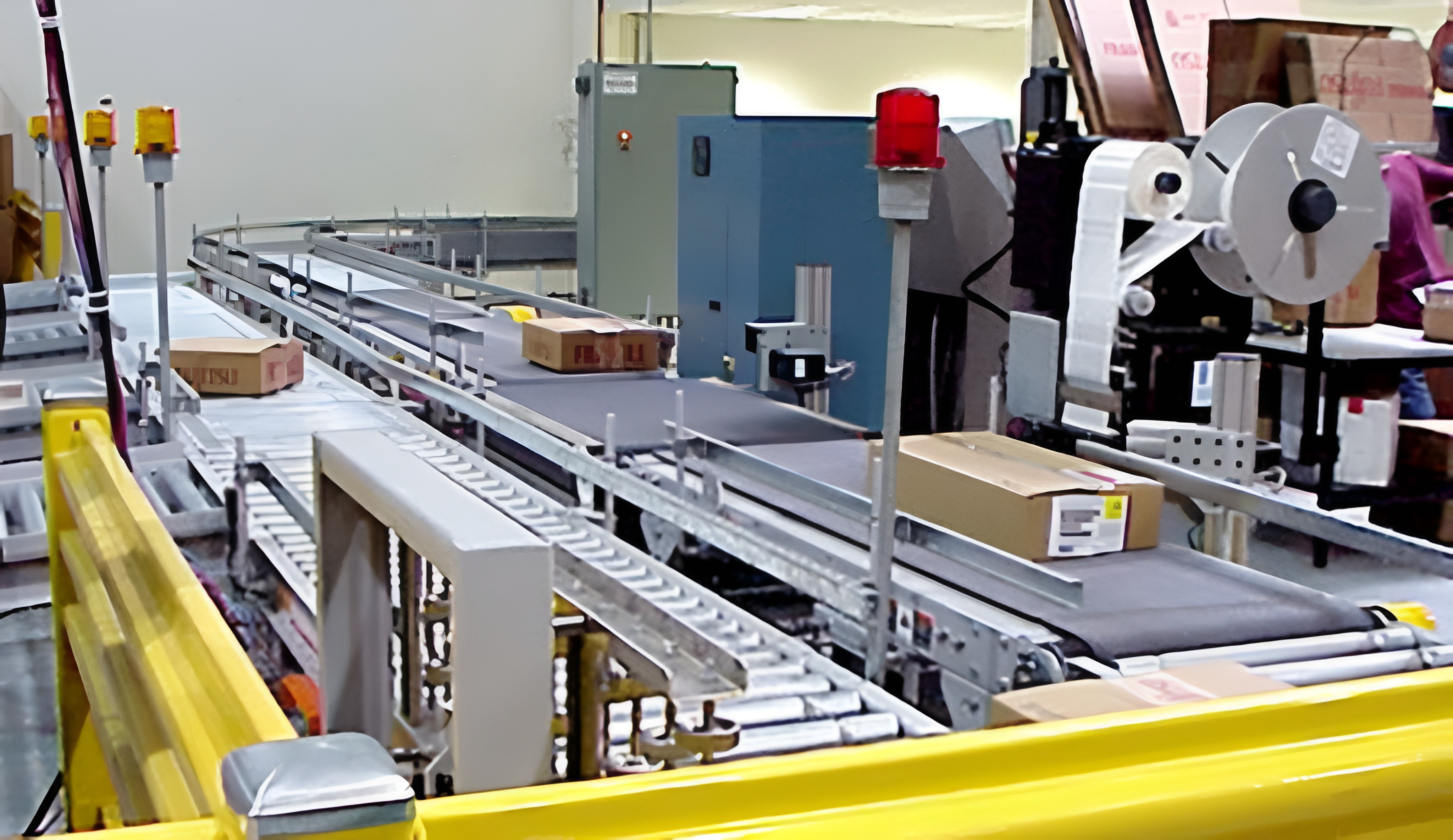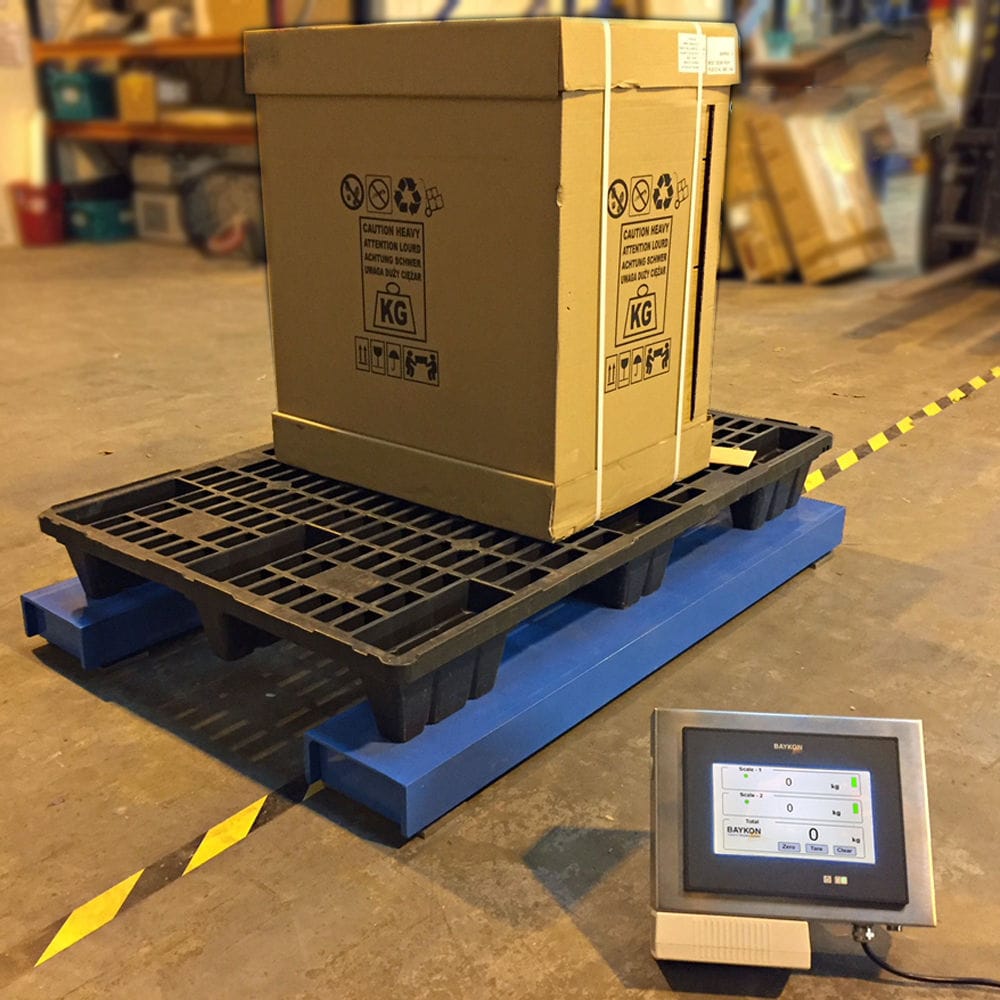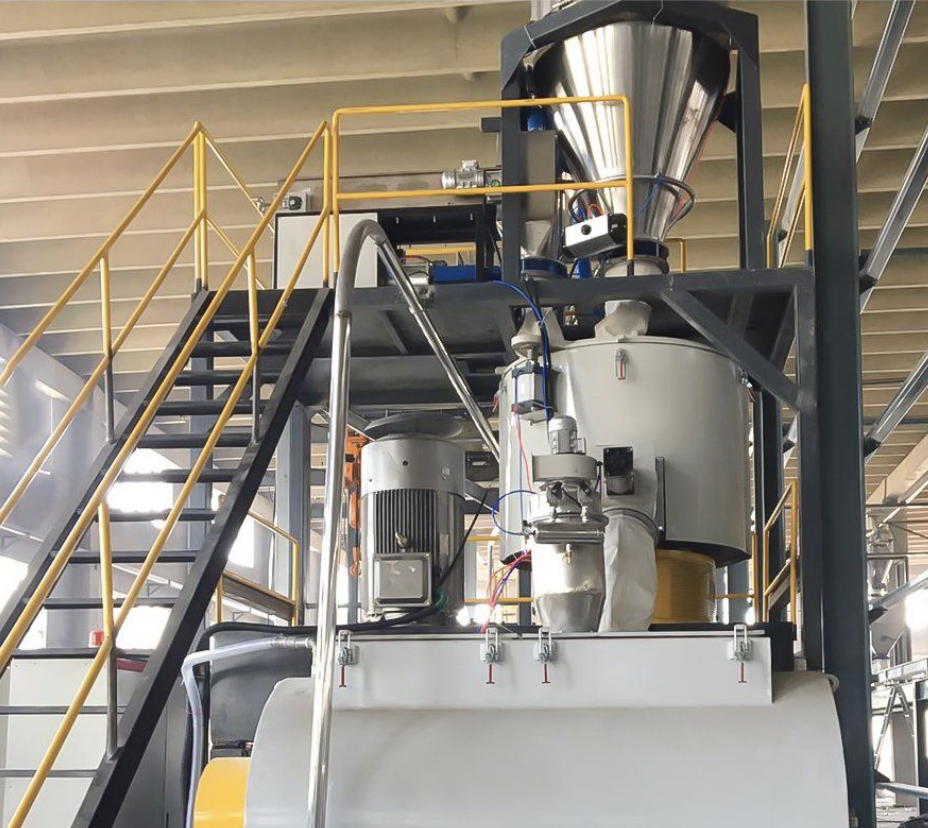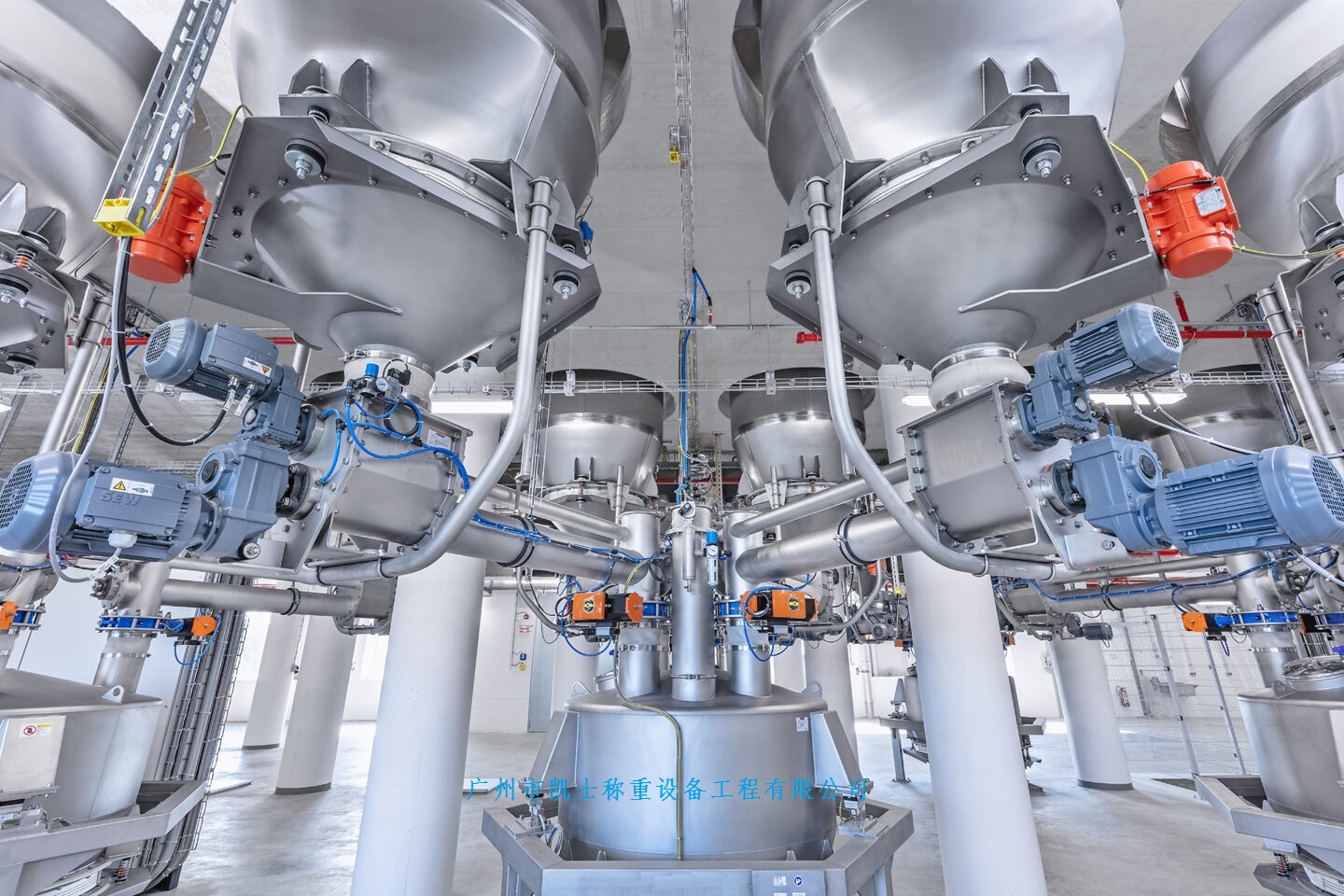

The weighing reduction machine measures the change in weight obtained per unit time by using the weighing module. The change in weight is based on the actual feeding rate of the screw conveyor. The weighing hopper and the screw mechanism are regarded as the entire scale body. The weight signal of the scale body is continuously sampled by the weighing instrument or the upper computer, and the change rate of weight per unit time is calculated as the instantaneous flow rate. Then, through various software and hardware filtering techniques, the "actual flow" that can be used as the control object is obtained.
 020-34563445
020-34563445The weighing and reduction machine converts the weight of the material in the carrier into an analog quantity through the weighing module and weighing instrument and sends it to the programmable controller. The programmable controller compares and judges the calculated material weight with the set upper and lower weight limits, and controls the screw conveyor to feed the carrier intermittently. Meanwhile, the programmable controller compares the calculated actual discharge rate (discharge capacity) with the set discharge rate, and controls the frequency converter through internal PID regulation, thereby controlling the discharge device and ensuring that the actual discharge rate accurately tracks the set value. When the screw conveyor starts to feed materials into the carrier, the control signal locks the discharge rate and volumetric discharge is carried out. The human-machine interface will display the actual discharge rate and the cumulative weight of the discharged materials.
The weighing reduction machine measures the change in weight obtained per unit time by using the weighing module. The change in weight is based on the actual feeding rate of the screw conveyor. The weighing hopper and the screw mechanism are regarded as the entire scale body. The weight signal of the scale body is continuously sampled by the weighing instrument or the upper computer, and the change rate of weight per unit time is calculated as the instantaneous flow rate. Then, through various software and hardware filtering techniques, the "actual flow rate" that can be used as the control object is obtained. Subsequently, the PID regulation parameters are set by the weighing instrument, and the control operation close to the target flow rate is carried out. The regulation signal is output to control the frequency converter, thereby achieving the desired material flow rate.
The weight of the material in the hopper scale is converted into an electrical signal by the weighing module and sent to the Weighing system. The weighing system compares and distinguishes the calculated material weight with the pre-set upper and lower weight limits, and controls the feeding gate through the weighing system to intermittently feed the material into the hopper scale. At the same time, the weighing system compares the calculated actual feeding rate (discharge flow rate) with the pre-set feeding rate, and regulates the discharge device through the weighing instrument and the regulator (PID) to accurately track the set value of the actual feeding rate. When the feeding gate is opened to feed materials into the hopper scale, the control signal locks the feeding rate, and volumetric discharge is carried out. When the weighing instrument is working, it will display the actual feeding rate and the cumulative weight of the discharged materials.




